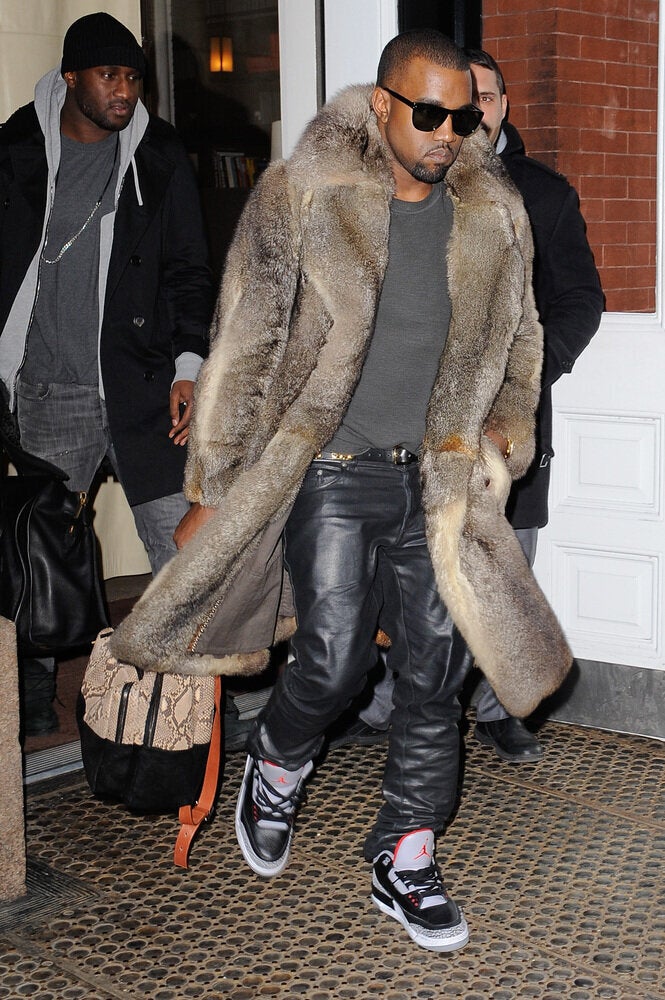The word "booty" comes from the French butin. According to the "Centre National de Ressources Textuelles et Lexicales", it is a set of material goods, slaves or prisoners plundered from the enemy in time of war.
Ensemble des biens matériels et des esclaves ou prisonniers pris à l'ennemi au cours d'une guerre. Faire un riche butin; partager, prendre le butin.
- Goods gained through looting
- A nautical term for treasure
- American slang for buttocks.
- A 2014 song by Jennifer Lopez (J.Lo)
Whereas "booty" once referred to slaves, it is now assigned a new meaning in American pop culture, proliferated beyond the black community by Sir Mix-a-Lot's 1992 anthem "Baby Got Back", and it's unforgettable opening line "I like big butts and I cannot lie," as well as the 2001 international hit single "Bootylicious" by black girl-group Destiny's Child.
NOT "READY FOR THIS JELLY"?
The appreciation of curvaceous women of colour was always shunned by euro-centric beauty benchmarks venerating "fair" skin, light-coloured eyes, long flowing hair and other rare attributes for people of colour (and common amongst colonizers).
"... in fashion, the booty has traditionally been shunned."
~ Patricia Garcia, Vogue
Like as a circus act, Afro-centric models were fodder for ridicule, as acutely illustrated by the biography of Sarah Baartman, kidnapped African slave turned European freak show in 1810. Baartman was exhibited in London and Paris -- put on display to entertain the masses because of her "exotic" origin and to demonstrate what Europeans considered "highly unusual bodily features", including her large buttocks.
For the last century, beauty contests, Hollywood and the rest of the entertainment world, all submitted deference to the ubiquitous meme. Even the American civil rights movement couldn't escape the ideal criteria when choosing its matriarch, Rosa Parks, over Claudette Colvin.
"My mother told me to be quiet about what I did," Ms. Colvin recalled. "She told me: 'Let Rosa be the one. White people aren't going to bother Rosa -- her skin is lighter than yours [...]' "
Like every other West-controlled entity, the fashion world has been slow to embrace diversity -- specifically people with Sub-Saharan traits. For a long time, the anemic number of black models was comprised of Afro-descendant outliers with ultra-European features, or as blogger Renee Thompson put it they "expect black female models to look like white girls dipped in chocolate". No curves, narrow noses. And straight, malleable hair that blows in the wind.
For years, [...] a large butt was not something one aspired to, rather something one tried to tame.
~ Patricia Garcia, Vogue
Fashion's "bible", Vogue, allowed a black woman to grace its cover a dozen times in 122 years (9 since 1989), much to Naomi Campbell's dismay. The former supermodel, who's 1990s-era popularity was anointed as "evidence of greater diversity in the fashion world," recently launched a campaign for "balanced diversity" in the industry.
BEHIND THE TIMES
With the advent of a globalized world, a black family in the White House, a dark and lovely Ms. America, and a burgeoning maturity towards accepting natural African features, Vogue is jumping on the bandwagon. In the July 2008 issue, Vogue published "Is Fashion Racist?", in an attempt at self-examination. The magazine has since featured Caucasian models in blackface to add colour -- minus the curves -- onto its pages. This Spring, Vogue published an article about increasing diversity in the fashion world: Is the Fashion World Finally Embracing Diversity? Seemingly satisfied with microscopic progress, author Sarah Mower declares "At long last, the "white-out" years that have chilled the heart of the industry appear to be on the way out."
THAWING HEARTS AND MINDS?
Two hundred years after Hottentot Venus gave the European establishment a black body to gawk at, Vogue goes vintage in its half-baked editorial chronicling "The Dawn of the Butt." The fashion "bible" rewrote the genesis of the curvy bottom: the "We're Officially in the Era of the Big Booty" author claims it started with Jennifer Lopez in the 1990s. J.Lo is "the original trailblazing butt girl", writes Associate Editor Patricia Garcia.
COLUMBUSING THE CURVY BOTTOM
Even if we can suspend the notion that body parts can be fashion accessories, this Vogue piece reeks of columbusing: The Art Of Discovering Something That Is Not New. Like J.Lo and Beyoncé's original (wider) noses, the curvy booty is a hereditary endowment of Africa. African features are as old as time. The only thing new is that historically illiterate fashionistas from Fort Lauderdale are finally waking up to the idea that beauty really does come in all shapes and sizes. Tis a discovery that never gets old.
ALSO ON HUFFPOST:
